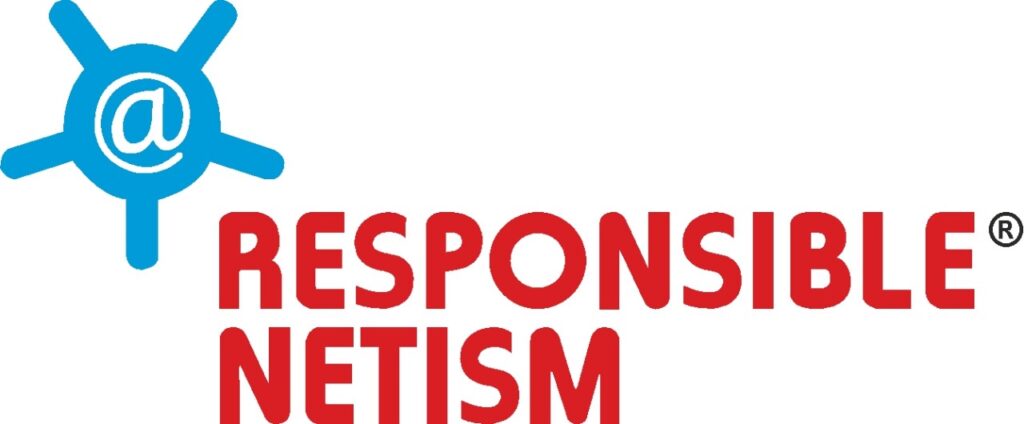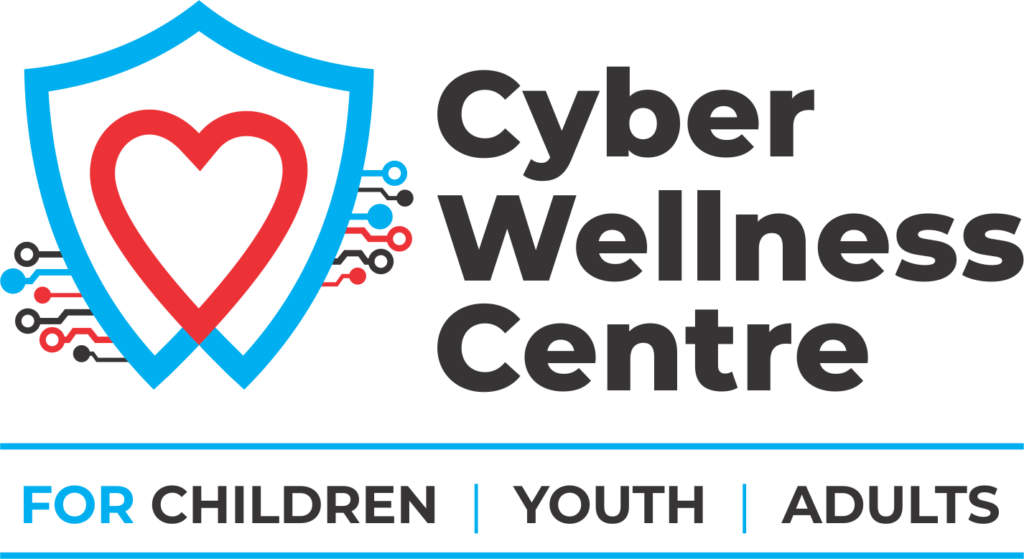Types Of Cyber Crimes

Hacking
An unauthorised attempt to gain access to another’s person or an entity’s vital online information, without their consent
If the crime is proven under sections 65 and 66 of the IT Act, 2000, the accused shall be punished for imprisonment which may extend up to 3 years or with fine which may exceed to Rs. 2 Lakh, or both
Example: Lottery messages on our phones declaring that you have won a huge amount or an expensive gift. Replying/responding to such messages, is likely to give access to your gadget data to someone

Impersonation (Fake Account / Fake Profile)
Creating an illegitimate existence of a person or an entity online, to harass, defame, spread rumours and threats, using their name, identity, photos, personal details, financial documents, digital signatures etc.
If the crime is proven under section 66C of the IT (Amendment) Act 2008, the accused shall be punished for imprisonment which may extend up to 3 years or with fine which may exceed to Rs. 2 Lakh, or both
Example: If someone intentionally creates a fake profile of a person, trying to connect with his/her friends, pretending to be that person, in order to obtain resources or obtain credit and other benefits in that person’s name
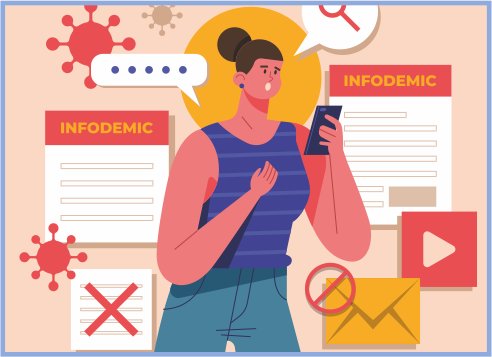
Misinformation (Fake News)
Spreading false, inaccurate, or misleading information that is communicated regardless of an intention to deceive or make money through the widespread display of the content. Fake news often aims at damaging the reputation of a person or entity
If the crime is proven under section 63 of the IT Act, 2000, an arrest will be performed or a search will be made under this Act. On conviction, the person will be imprisoned for a term which may extend to two years or with fine which may extend to Rs. 50,000/-, or both
Example:If someone is sharing misleading information or spreading rumours through the various available resources, without verifying that piece of news through trusted and secured resources/portals
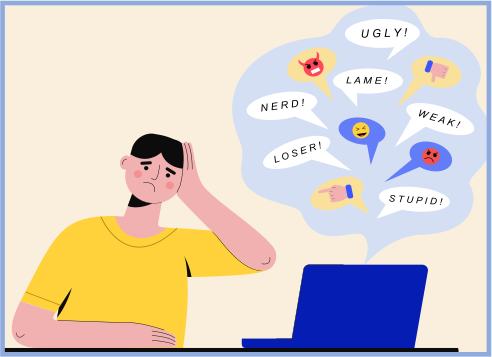
Cyber Bullying
Any form of inappropriate communication or language used by an individual or a group of people that is intended to tease, pester, frighten, threaten, insult, body shame, make sexual remarks, embarrass, harass, blackmail, challenge, defame or target another person, on the internet
If the crime is proven under sections 66A, 66E, 499 of IPC, 354-A, 354-D, 509 of the IT Act, 2000, and of the amendment of IPC, 1860 in 2013, the person can be imprisoned for a term which may extend to three years or with fine which may extend to Rs. 2 Lakh, or both
Example:An individual or a group of people using foul language, in forms of text, images, videos to deliberately harass, embarrass and target another person
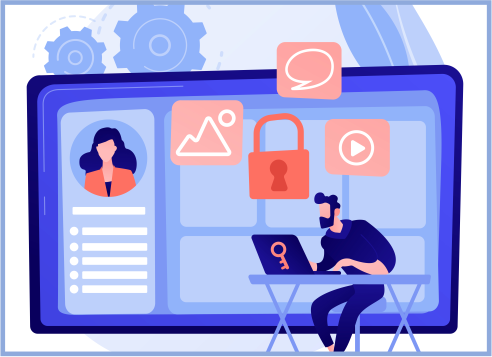
Cyber Stalking
Someone following an individual, group or an entity with a bad intention. Watching over all their online activities to take advantage of it
If the crime is proven under Amendment of section 354-D of the Principal Act, the stalker can be imprisoned for a term which may extend to seven years or with fine which may extend to Rs. 1 Lakh, or both
Example:Someone constantly monitoring another person’s online activities with a criminal intention to control, intimidate or influence the victim

Photo Morphing
Editing and cloning one image to another, using morphing tools available on the internet, to create objectionable, inappropriate, images/audio/videos; publish or transmit pornographic or sexually explicit obscene content promoting nudity, misuse the content to promote online sex chats
If the crime is proven under sections 67 and 67-A of the IT Act, 2000, the offender is convicted to imprisonment up to five years and fine up to Rs. 10 Lakh, or both
Example:If someone intentionally uses another person’s photo to morph that photo into some obscene sexually explicity material, to harass, body shame, threaten, intimidate or influence that person

Sextortion
When someone threatens to distribute a person’s private and sensitive material (images and videos) of sexual nature, sexual favours, or money. The perpetrator may also threaten to harm your friends or relatives by using information they have obtained from your electronic devices unless you comply with their demands. They lurk in chat rooms and record young people who post or live-stream sexually explicit images and videos of themselves
If the crime is provenunder Sec 354 IPC, it states that “ whoever assaults or uses criminal force to any woman, intending to outrage or knowing it to be likely that he will thereby outrage her modesty, shall be punished with imprisonment of either description for a term which shall not be less than one year but which may extend to five years and shall also be liable to fine, it is a cognizable offence and non-bailable as well
Example: If someone threatens to circulate sensitive content online in order to harass, intimidates and blackmails another person for sexual favours
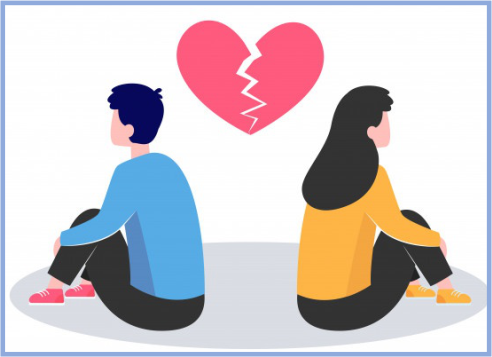
Revenge Porn
Distribution of sexually explicit images or videos of individuals without their consent to intentionally defame and harass out of revenge. The material may have been made by a partner in an intimate relationship with the knowledge and consent of the subject at that given time, or it may have been made without their knowledge
If the crime is proven the accused has violated the privacy of an individual or another partner by sharing personal information in a public place without consent. This section applies to the accused who can be punished with imprisonment up to 3 years or a fine of 5 lakh rupees or both
Example:When a relationship breaks up without mutual consent, some people use explicit images or videos that they have of their ex-partner against them as a means of “revenge” against the person who sent them and blackmail them to extort money. Threats of sharing such sensitive content in the public domain forces the victim to give in to favours demanded by the predator in order to evade the guilt and damage
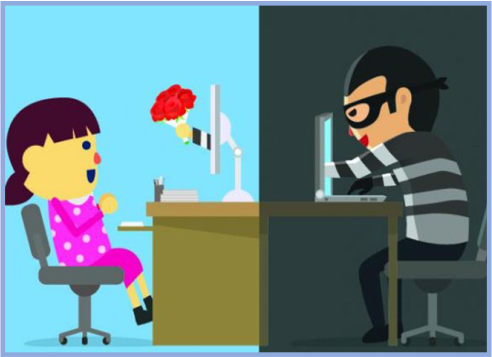
Child Online Grooming
When someone befriends a child online and builds up their trust with the intention of exploiting them and causing them harm. Harm caused by grooming can be sexual abuse, both in person and online, and exploitation to obtain sexually explicit images and videos of the child. Using tactics of pressure, fear, threat, shame and guilt children are often subjected to abuse and forced to not disclose such incidences
If the crime is provenSection 67B of the Information Technology ( IT) Act, 2000 provides stringent punishment for publishing, transmitting or viewing Child sexual abuse material online. Also, the Protection of Children from Sexual Offences (POCSO) Act contains effective provisions to curb the menace of child abuse. The Act provides mandatory reporting, child friendly provisions of recording of statements and evidence and speedy trial of the cases. There are adequate legal penal provisions including POCSO Act, 2012 for the sexual offences against the children, as per the gravity of offences
Example:When a relationship breaks up without mutual consent, some people use explicit images or videos that they have of their ex-partner against them as a means of “revenge” against the person who sent them and blackmail them to extort money. Threats of sharing such sensitive content in the public domain forces the victim to give in to favours demanded by the predator in order to evade the guilt and damagePerpetrators give special attention to a child or a young person, making them feel special and/or indebted to an adult. Perpetrators utilise tactics such as gift giving, flattery, gifting money, and meeting other basic needs
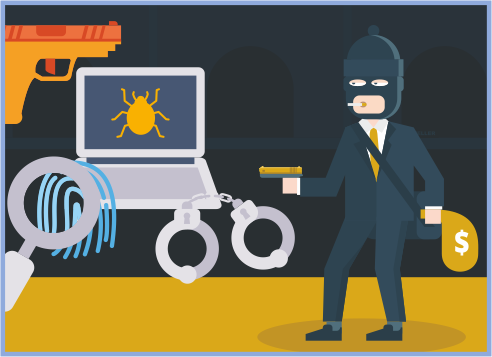
Cyber Terrorism
Denotes unlawful attacks and threats of attack against computers, networks and information stored therein to intimidate or coerce a government or its people for propagating hidden political or unlawful social and religious agendas. These attacks result in violence against persons or property or cause public unrest
If the crime is proven the Indian Information Technology Amendment Act 2008 lays down Section 66F as a specific provision dealing with the issue of cyber terrorism that covers denial of access, unauthorized access, introduction of computer contaminant leading to harm to persons, property, critical infrastructure, disruption of supplies, ‘sensitive data’ thefts, acts which are punishable with imprisonment which may extend to imprisonment for life
Example:If someone intentionally uses the internet to radicalise, harass, threaten, intimidate and blackmail against our country, religion, society, spread rumours about government bodies, individuals, to cause harm and destruction for personal objectives
